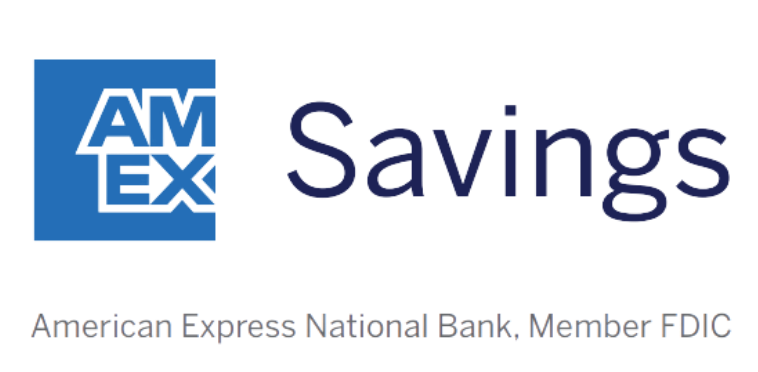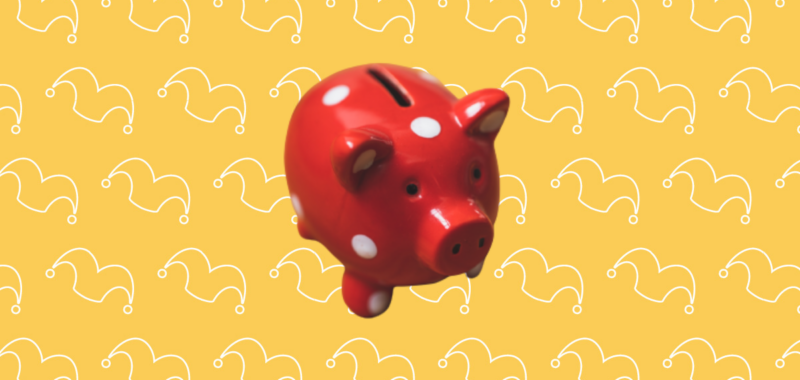At a time when many people are struggling to make ends meet, it’s a pretty amazing thing to be sitting on an extra $10,000 in your savings account. But you should know that there is such a thing as having too much money in savings. And if you’re not careful, you could end up losing out on much bigger returns.
A better place for your money
You might think that having extra savings is a good thing. But the problem with savings accounts is that even though they’re paying pretty generously right now, that won’t always be the case.
The Federal Reserve has already slashed its benchmark interest rate once this year. And there’s a good chance we’ll be looking at further cuts before 2024 comes to an end.
Plus, the Fed is likely to keep cutting interest rates in 2025. So all told, even though many high-yield savings accounts are paying around 4% today, that may not be true for much longer. If you have extra money just sitting in a savings account, you’re doing yourself a disservice when you could be investing your cash instead.
Our Picks for the Best High-Yield Savings Accounts of 2024
|
Capital One 360 Performance Savings 
APY 4.00%
Rate info
Member FDIC.
|
APY 4.00%
Rate info |
Min. to earn $0 |
|
American Express® High Yield Savings 
APY 4.00%
Rate info
Member FDIC.
|
APY 4.00%
Rate info |
Min. to earn $0 |
|
CIT Platinum Savings 
APY 4.70% APY for balances of $5,000 or more
Rate info Min. to earn $100 to open account, $5,000 for max APY
Member FDIC.
|
APY 4.70% APY for balances of $5,000 or more
Rate info |
Min. to earn $100 to open account, $5,000 for max APY |
See, over the past 50 years, the S&P 500’s average annual return has been 10%. This accounts for years when the market did well and years when it most certainly did not.
Chances are, in a year from now, you’re going to be looking at 3% or less from a savings account. And it’s not unheard of for savings accounts to pay 1% — or even less. So if you have money you don’t need for your emergency fund, or for planned purchases, then it’s best to look at investing it.
What can an investment portfolio do for you?
Let’s say you have an extra $10,000 in your savings account that earns you 4% interest over the next 20 years. (And yes, we just said that’s unlikely, but let’s go with it.) In that case, you could end up with about $22,000 when you factor in all of that interest.
But if you were to invest that money instead and earn a 10% return over the next 20 years, you’d be looking at a little over $67,000. That’s a difference of $45,000, which is hard to overlook.
If you’re ready to start investing, check out this list of the best brokerage accounts and start putting your extra $10,000 to work. And if you’re not sure how to get started investing, you can always choose an S&P 500 ETF (exchange-traded fund), which basically lets you put your money into the broad market instead of having to choose specific stocks — something you may not be comfortable doing just yet.
Of course, if you think you might need your extra $10,000 in the next few years, then it’s best to keep it in a savings account. Investing money is something you should only do on a long-term basis because you need time to ride out potential market downturns.
If investing isn’t right for you, shop around for a great interest rate on a savings account to earn the highest return you can. Check out this list of the top savings accounts today.
Otherwise, start investing your extra $10,000 immediately. The sooner you get started, the more money you stand to end up with.

